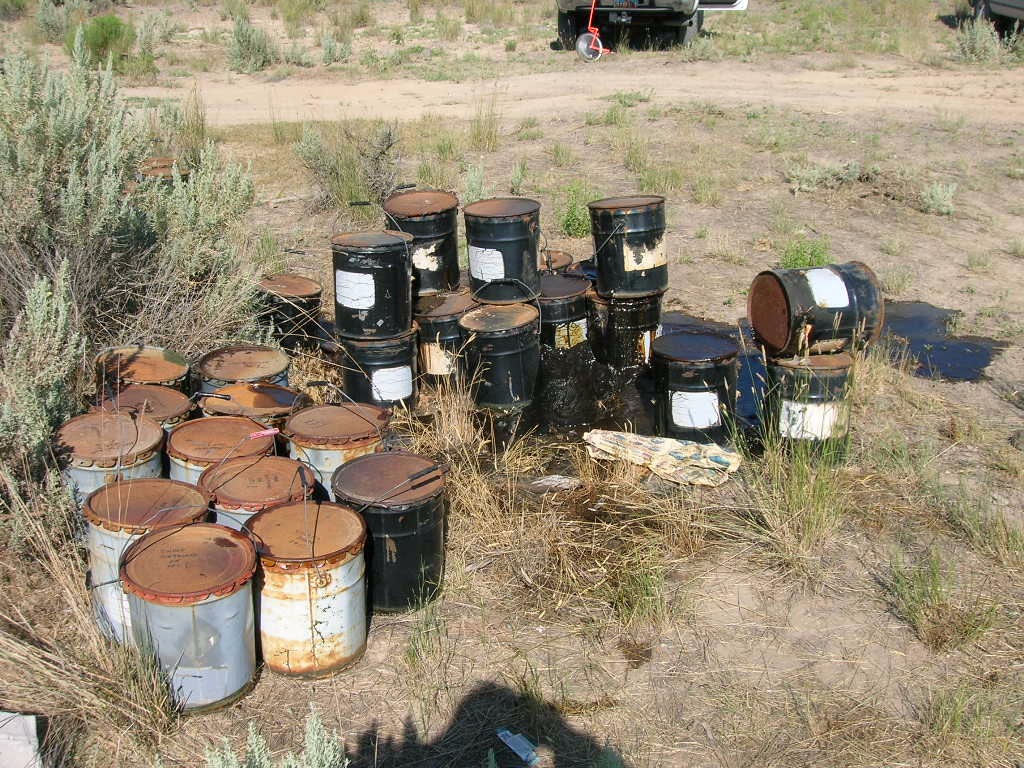
As our population continues to rise in our highly industrialized world, one of the major challenges is waste management. There is a definite reason for concern, as poor waste management has resulted in serious consequences for the environment. One of the major issues that we must collectively address is the exponential increase in hazardous waste.
The U.S. Environmental Protection Agency (EPA) has defined hazardous waste as waste with properties that can cause harm to people’s health or the welfare of the environment. These may be in solid, liquid, or gaseous form. The sources of these hazardous waste range from the emissions from industrial plants and factories, or batteries that are disposed of by regular households.
As the proliferation of these waste materials has become inevitable, hazardous waste disposal is prioritized in Utah and other states. Fortunately, extensive scientific research has yielded modern techniques that these states can employ for effective hazardous waste management.
Incineration
High temperatures are often used to eliminate harmful germs and bacteria. This is the same principle behind the use of incineration as a method to dispose of hazardous waste. The toxic gases released by the incineration have now been minimized by modern containment units. An added benefit of incineration is that the heat can be used as an energy source.
Utilization of Microbes
Another method that has been developed is the use of microbes that will break down the waste material by initiating organic and chemical reactions. They start by the insertion of substances the hazardous substances can become benign. The resulting substances can be suitable for recycling or reuse.
Microbes have been developed through genetic engineering, which has generated some controversy. However, they have brought about breakthroughs in terms of biological treatment techniques.
Physical Treatments
There are various treatments methods that fall under the category of physical treatments. An example of which is solidification. This is where the waste material is applied with additives that make it more solid in order to avoid chemical reactions. This is done by filtering the liquids and distillation that will naturally extract the liquids from the waste material.
Landfills
The waste material is dumped to landfills, which have various layers, compacted and also buried under a layer of earthen soil. Landfills should be situated in an area that is free from flooding and maintained with trained personnel.
Chemical Treatments
There are also chemical treatments such as neutralization. This involved the acids and alkaline waste streams, which will be mitigated so they will no longer be corrosive. By neutralizing acidity and alkalinity of waste materials, they will then achieve a more manageable pH level. Neutralization is a necessary step before waste can be dumped in ordinary landfills.
Another chemical treatment is oxidation. This process will convert toxic substances and pollutants to environmentally harmless substances. An example of this is Hexavalent Chromium, which can be converted into trivalent chromic hydroxide after oxidation.
Scientific research will continue to develop more effective methods to address hazardous waste disposal. Preservation of our resources also includes preventing the contamination of our environment and management of hazardous wastes is a definite requirement.





